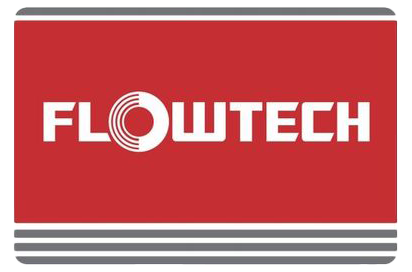Introduction: The Rise of Smart Flow Meters
The flow measurement industry is undergoing a digital revolution. Smart flow meters are transforming how industries monitor and control liquid and gas flows, offering unprecedented accuracy, connectivity, and predictive capabilities.
Unlike traditional mechanical meters, these advanced devices integrate IoT connectivity, real-time analytics, and remote monitoring – but are they the right choice for your facility? In this guide, we’ll explore:
✔ How smart flow meter technology works
✔ Key benefits over traditional meters
✔ Top industrial applications
✔ Cost vs. ROI analysis
✔ Implementation considerations
What Makes a Flow Meter “Smart”?
Smart flow meters go beyond basic measurement by incorporating:
- Digital sensors (ultrasonic, Coriolis, electromagnetic)
- Embedded processors for real-time data analysis
- Wireless connectivity (Bluetooth, WiFi, 4G/5G)
- Cloud integration for remote monitoring
- Predictive maintenance capabilities
Example: A chemical plant reduced unplanned downtime by 40% after installing smart Coriolis meters that detected viscosity changes before failures occurred.
5 Game-Changing Benefits of Smart Flow Meters
1. Unmatched Accuracy (±0.1-0.5%)
- Eliminates manual reading errors
- Compensates for temperature/pressure changes automatically
- Ideal for custody transfer and batch processes
2. Real-Time Monitoring & Alerts
- 24/7 flow data accessible via mobile/desktop
- Instant leak detection notifications
- Customizable alarm thresholds
3. Predictive Maintenance
- Tracks performance degradation trends
- Recommends service before failures occur
- Extends equipment lifespan by 30-50%
4. Seamless Integration
- Compatible with SCADA, PLC, and MES systems
- API connectivity for custom dashboards
- Supports Industry 4.0 initiatives
5. Long-Term Cost Savings
| Cost Factor | Traditional Meter | Smart Meter |
|---|---|---|
| Calibration | Quarterly ($500+/visit) | Self-calibrating |
| Downtime | 5-10 days/year | <2 days/year |
| Labor Costs | High manual oversight | Remote monitoring |
Top Industries Benefiting from Smart Flow Meters
1. Water/Wastewater Management
- Detects leaks in distribution networks
- Monitors pump efficiency in real-time
- Recommended meter: Ultrasonic clamp-on
2. Oil & Gas Production
- Measures multiphase flows accurately
- Prevents pipeline overpressure situations
- Recommended meter: Coriolis with HART protocol
3. Chemical Processing
- Ensures precise batching of expensive materials
- Monitors corrosive fluid compatibility
- Recommended meter: PTFE-lined electromagnetic
4. Food & Beverage
- Maintains sanitary standards with CIP compatibility
- Tracks ingredient dosing to 0.1% accuracy
- Recommended meter: Hygienic mass flow
Implementation Guide: Going Smart
Step 1: Assess Your Needs
- Map all measurement points
- Identify critical vs. non-critical applications
- Evaluate existing infrastructure
Step 2: Pilot Program
- Install 2-3 smart meters in high-impact areas
- Train staff on new interfaces
- Measure ROI over 3-6 months
Step 3: Full Deployment
- Phased rollout recommended
- Integrate with control systems
- Establish new maintenance protocols
The Bottom Line
While the 15-30% higher upfront cost gives some operations pause, smart flow meters typically pay for themselves within 12-24 months through:
✔ Reduced product loss
✔ Lower maintenance costs
✔ Fewer emergency shutdowns
✔ Improved regulatory compliance
Ready to explore smart flow solutions? Contact our experts for a free system assessment and ROI projection tailored to your operation.

